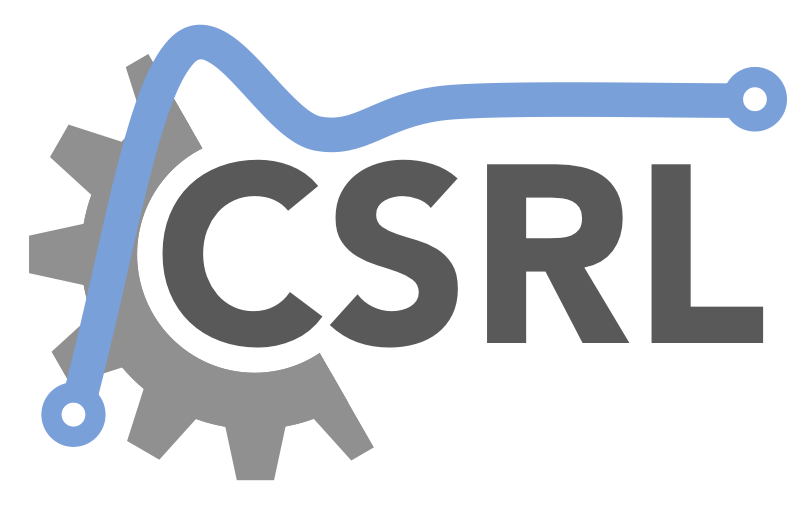Robotics I
8th Semester
The purpose of the course is to give students the necessary knowledge and the appropriate mathematical tools in order to be able to understand in depth the operation and control of industrial robots. Also to enable them to control and guide both at the simulation level and at the practical level a real 6 degrees of freedom articulated robotic arm. The place of robotic technology in industry and production systems. Examples of the use of robotic systems in tasks found in industry (welding, grinding – cutting, assembly, painting and presentation of many other applications).
Basic concepts of robotic arms, degrees of mobility and degrees of freedom, basic robotic joints, open-closed kinematic chains, precision, repeatability and payload in industrial robots. Types of fixed base robots, classification of arms based on their geometric configuration, correlation of industrial robots with CAM systems. Various types of robotic gripper, sensors and actuators used in industrial robotic systems.
As articulated arms form a chain of solid bodies moving in space, the basic concepts and mathematical tools required are introduced through the study of solid body kinematics. Introduction to the theory of homogeneous transformations: coordinate frames, position vectors, rotation matrices, synthesis of homogeneous transformations. Description of orientation with Euler angles, with angles around fixed axes, with equivalent axis and turning angle and with quaternions. Direct kinematic analysis of a robotic arm: arm kinematic parameters and kinematic equations.
Inverse kinematic analysis of a robotic arm: existence of solutions, workspace, and methods for solving the inverse kinematic problem. Robotic arm Jacobian: calculation methods and applications of the Jacobian. Trajectory design of a robotic arm in joint space and in the Cartesian motion space of the gripper tip. Reference to high-level programming languages used in industrial robots. Assignment of a project to the students for the kinematic simulation of the trajectory design of an industrial arm. Assign lab exercises to students to program real industrial robotic arm in various assembly and trajectory design tasks.
The expected learning outcomes for students who will attend the course are as follows:
- Understanding of the most important subject areas of robotics as well as how robotic systems work.
- Gain knowledge about the state-of-the-art of robotic systems used in industry.
- Acquisition of necessary knowledge for the kinematic modeling of robotic systems.
- Ability to program an industrial robot to perform tasks in an industrial environment.
Required knowledge: Informatics, Informatics for Engineers, Control Theory and Technology, Sensors and Measurement Systems, Automatic Control Systems
